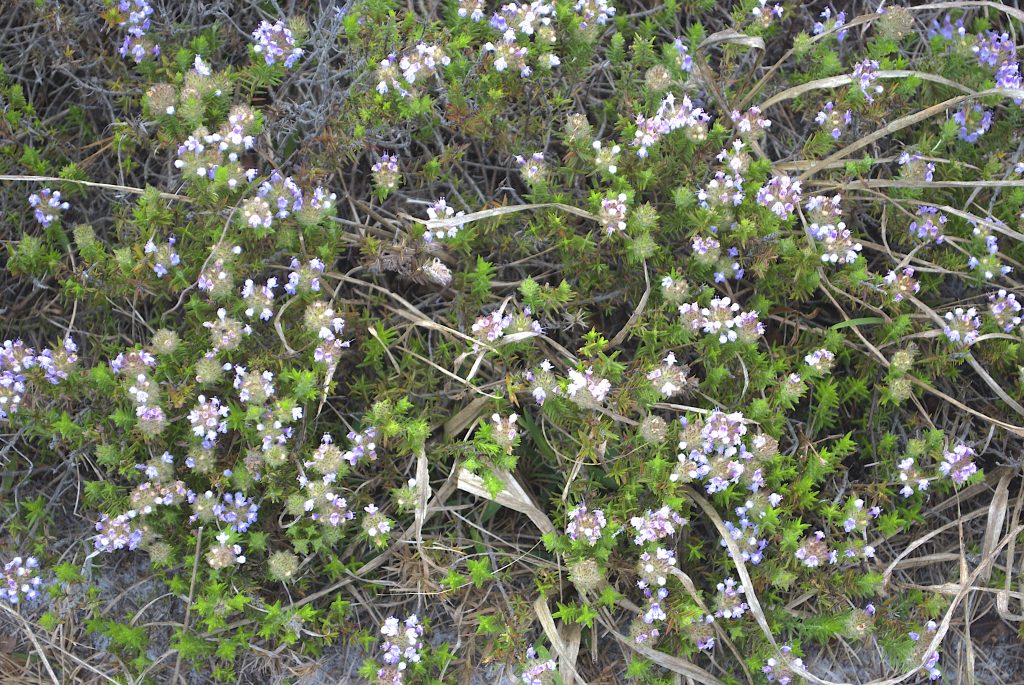
Some plants are in your face… or nose. One sees them everywhere and they announce themselves with color, shear numbers or aroma. Kudzu is a prime example of the latter. When in bloom you can’t ignore its intense grape fragrance. Other plants are more shy. They are no less important, no less impressive in their own way but reserved, wall flowers that could have been a bouquet.
Florida pennyroyal is just such a scrub land denizen. It used to be the third most common source of nectar for bees in the state. It fell off the list completely in recent decades. No one quite knows why. This past weekend in Melbourne Florida Pennyroyal was just starting to blossom. And as pretty as they are it is only when you crush a leaf do you get an almost startling waft of pennyroyal. This little species is so select it is also a monotypic genus, meaning it has no close relatives and no one else to share the genus with. To read more about the Florida Pennyroyal go here.
Lawyers hate pawpaw. Why pawpaws? Like peanuts, some people have a severe reaction to them. Actually the peanut allergy has increased dramatically tripling in children from 1997 to 2008, according to the 12 May, 2010, issue of the Journal of Allergy and Clinical Immunology. As it is doubtful human genetics changed a lot in that decade that means something changed such as in the environment, the food supply, medical treatment or any combination thereof. Said another way, if peanuts were poised to come onto the food market today they would not get past the lawyers in fear of huge lawsuits. That’s the position the pawpaw is in. Commercial cultivars have been developed and it could be the next old “new” fruit crop but for an occasional severe allergic reaction. Whether that ever gets sorted out is a legal conunmdrum but it is something you should keep in mind when you sample a pawpaw for the first time. We’ve mentioned several times in recent newsletters that the pawpaw are in blossom. To the left is what an unripe pawpaw looks like. It’s a little hard to find a ripe one because so many woodland creatures like them. To read more about the pawpaw go here.
One of the benefits/banes of foraging in a warm climate is there are a lot of exotic plants, often edible or medicinal. That often a lot of research and head scratching done by better minds than mine. It is not unusual to find five or six new species a year to add to the long list. While I am certain there are a few thousand different edible species here — if one counts all the relatives — I suspect there are really several thousand. No one finds more of them than Andy Firk in Arcadia. From his home base at “Bamboo Cove” Andy is regularly posting on Facebook of a new find. Yesterday it was a member of the Mallow family, the Redvein Abutilon, Abutilon pictum (syn. A. striatum). Andy writes it’s “native to Brazil, Argentina, Paraguay and Uraguay. The good news is that the flowers are edible raw or cooked, and get sweeter the more open they become.” You can see a few more of his photos here or you locate him on Facebook. Thanks Andy!
Crows and Bluejays are closely related, and bright birds. This time of year in Florida it is common to see flocks of crows presumably gathering for a summer vacation flight north. I was out in the woods when a flock dived bombed a distant tree. I had to find out what it was. But even before I got there I could see crows flying off with golden yellow fruit: Loquats. While a native of southeast Asia Loquats are naturalized in Florida and the crows had chosen a well-fruited one. But there was a method to their harvesting. Following the round crown of the tree they picked fruit on top and down to the equator, leaving the bottom rest. In other words they picked all over the top until they got to where they would fall of. It left the loquat with a monk’s haircut but left plenty for me for when I got there. I also suspect that keeps them above most ground prey. Loquats have many uses from fresh fruit to preserves to wine. In fact, I have some of last years wine just about ready to sip. You can read about loquats here.
What Do You See #11? This week’s WDYS? has at least three edibles in it, one you could eat now and enjoy, a second you could eat now but would not be too enjoyable, and a third that is years away from providing something edible. The answer will be here next week or you can read it now in the Green Deane Forum. Below is last week’s photo.
Answer to What do you See #10? Talk about Jekyll & Hyde in one photo, this is it. Number one is wax begonias. They are naturalized in Florida and have edible leaves and blossoms. But right next to it, surrounding it in fact, is young Water Hemlock, which some consider the most deadly plant in North America. After accidental consumption of it you have about 40 minutes to get your stomach pumped out. If not you will probably be dead within a couple of hours, and painfully so. This is not the gentle death of Socrates. As for begonias the leaves are edible raw, fried, or reduce to a paste and baked. I have the recipe on the main website. Flowers are very nice raw. The juice is also a vegetable rennet for making cheese and is also good for a sore throat. I’ve also included the link on how to tell the Elderberry from the Water Hemlock. You can see a larger photo on the Green Deane Forum on the What Do You See board.
https://www.eattheweeds.com/begonia-bonanza/
https://www.eattheweeds.com/ufos-2/look-alikes/elderberry-or-water-hemlock/
Green Deane’s Upcoming Foraging Classes: This Saturday, April 19th, Boulware Springs Park, 3420 SE 15th St. Gainesville, FL 9 a.m, and Sunday, April 20th, Jervey Gantt Recreation Complex, 2390 SE 36th Ave., Ocala, FL 9 a.m. Saturday, April 26th, TBA, possibly Groveland. Sunday, April 27th, Mead Garden, 1500 S. Denning Dr., Winter Park, FL 32789, 9 a.m. Saturday, May 3rd, Dreher Park, 1200 Southern Blvd., West Palm Beach, FL., 33405. 9 a.m.
Though your foraging may drop off during the winter now it’s spring and a great time to study wild edibles with my nine DVD set. Each DVD has 15 videos for 135 in all. They help you study on a rainy day or when it’s dark outside. Order today. Some of these videos are of better quality than my free ones on the Internet. They are the same videos but many people like to have their own copy. I burn and compile the sets myself so if you have any issues I handle them personally. There are no middle foragers. And I’m working on adding a tenth DVD. To learn more about the DVDs or to order them click here.
As there are five Tuesdays in the April there will not be a newsletter April 29th. I hope to take a short trip then to Pensacola to find a class location.
To donate to the Green Deane Newsletter click here.


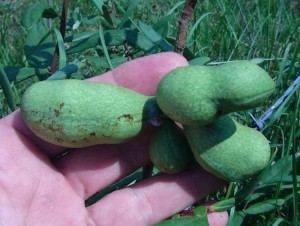
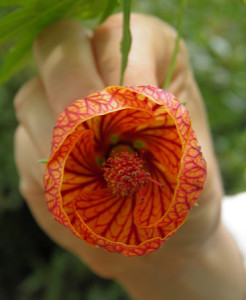
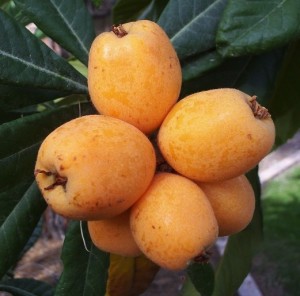
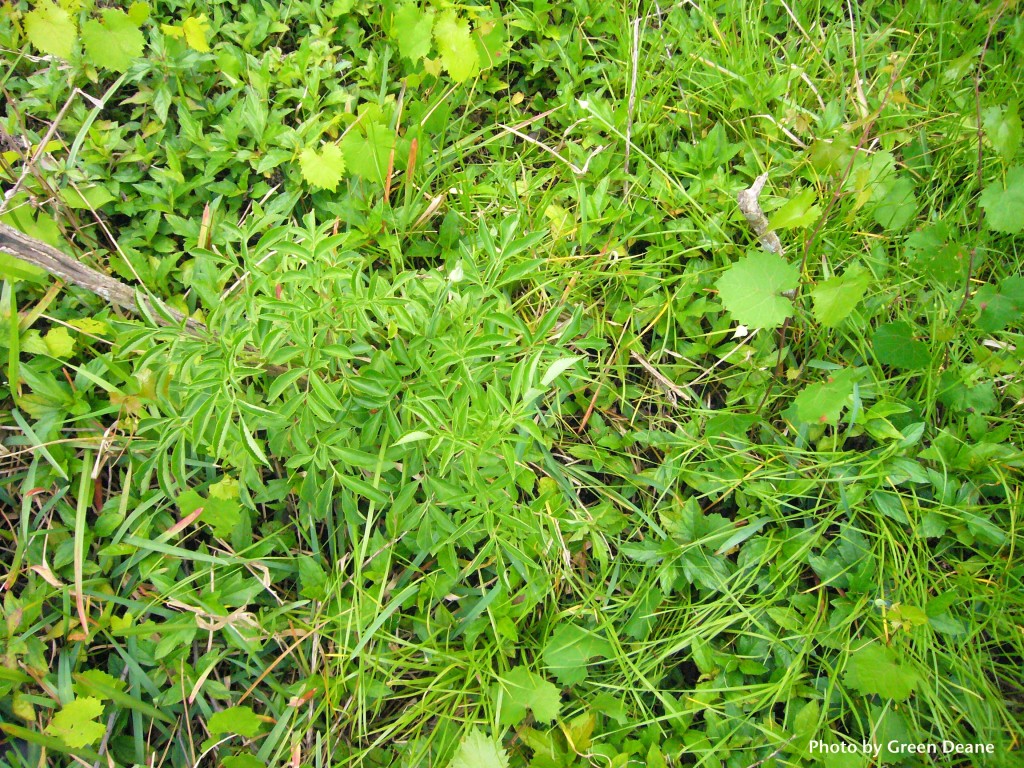
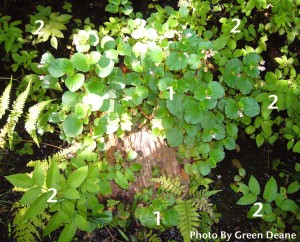
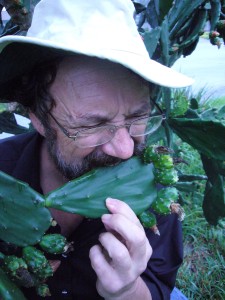

HI Deane,
I am over in Biloxi and go to0 Pensacola a couple times a month. If you would like to meet there I can turn you on to a couple of locations you may be intrested in. Also, if you have time there are many good locations in SE MS, and coastal AL. email me if you would like to meet.
Best Regards,
Chaz Mikell
As you’ve mentioned some plants announce themselves with various ways. I never missed identifying the locality where the “Queen of The Night – Cestrum nocturnum” during my usual evening joggling on July/August across the narrow streets in the University of Sana’a staff housing area. I’ve attempted growing the plant in a pot near a window in my living room to enjoy the lovely fragrance. Unfortunately, I was not giving it the care it deserves, so it faded. A friend advised me to plant, instead, a more resistant plant with good characteristic fragrance as well, vis Murraya peniculata also called Orange Jessamine or Mock Orange. Although I also warn others about peanut allergy, I really notice very rarely, almost nil, allergic Sudanese persons whether school children or adults bearing in mind that they consume much quantity of peanut products: peanuts, butter, oil and in sweet. I personally like roasted peanuts called “Medummus” made according to: after collecting them fresh from their pods, the peanuts are soaked in hot saline water (below boiling point) ,taken to the hot pan for roasting till they become light brown. Finally, while still very hot form a heap and cover completely with wood ash – or use corn flour instead – and leave till reaching room temperature. Expect to hear cracking sound. Before ready to eat prepare a full litre jug of water. I’m not sure if during this treatment those proteins responsible for the allergy have changed to safer materials.